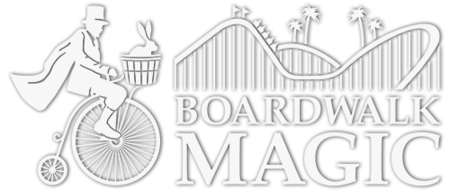During World War II, the United States Playing Card Company joined forces with American and British intelligence agencies to create a very special deck of cards. This deck was specifically created to help Allied prisoners of war escape from German POW camps.
This deck of cards became known as the "map deck." It was made by hiding maps of top-secret escape routes between the two paper layers that make up all modern playing cards.
These decks, when soaked in water, could be peeled apart to reveal hidden maps that allowed escaping prisoners to find their way to safety.
Due to the nature of the war and the prosecution of war crimes thereafter, the map decks remained a closely guarded secret for many years after the war ended. The secrecy surrounding them was so high, that no one really knows how many were produced or how many have survived.
There is one on display at the Spy Museum in Washington, D.C. and another one said to be in private hands. It's possible that these are the ONLY two surviving examples. The card shown in the picture here is a limited edition reproduction made in April of 1990.
This deck of cards became known as the "map deck." It was made by hiding maps of top-secret escape routes between the two paper layers that make up all modern playing cards.
These decks, when soaked in water, could be peeled apart to reveal hidden maps that allowed escaping prisoners to find their way to safety.
Due to the nature of the war and the prosecution of war crimes thereafter, the map decks remained a closely guarded secret for many years after the war ended. The secrecy surrounding them was so high, that no one really knows how many were produced or how many have survived.
There is one on display at the Spy Museum in Washington, D.C. and another one said to be in private hands. It's possible that these are the ONLY two surviving examples. The card shown in the picture here is a limited edition reproduction made in April of 1990.

